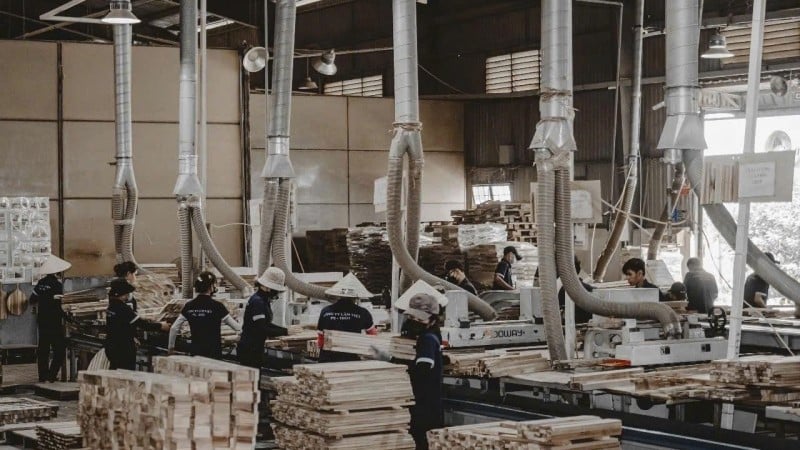
Since the beginning of the year, the area of newly planted forests nationwide has reached more than 153 thousand hectares; wood output has reached 11.1 million m3. In the context of increasing trade defense, the Ministry of Agriculture and Environment is perfecting policies, creating conditions for wood enterprises to stabilize production and strengthen control of the supply chain.
Diversify markets and export products
According to the Ministry of Agriculture and Environment, the value wood export and wood products since the beginning of the year have reached about more than 8 billion USD, of which the United States is the largest market, accounting for 55.6% of the market share; followed by Japan and China with 12.6% and 10.4%. Vice President and General Secretary of the Timber and Forest Products Association Ngo Sy Hoai said that Vietnam has become one of the leading centers supplying wood products, in which interior and exterior wood is second only to China.
This means that the risk of being investigated for anti-dumping, anti-subsidy and anti-tax evasion taxes is increasing, which may cause products to be subject to higher taxes, reduce competitiveness and make it difficult to maintain market share. In 2024 alone, there will be 32 cases related to trade defense from 12 markets against Vietnamese exports.
The Vietnam Plywood Association currently has more than 50 members producing and exporting to many markets such as the United States, South Korea, and India. Previously, plywood was investigated for trade defense by South Korea and anti-dumping tax by the United States, but businesses still exported according to customers' orders because they had prepared full documents proving the origin, production process, and product price.
Chairman of the Plywood Association, Director of Ke Go Limited Company Trinh Xuan Duong said that the plywood industry is mainly facing anti-dumping and anti-subsidy investigations, and currently plywood products are made from raw materials from domestically grown forests, harvested after 5 years of planting; low labor costs, so when there is an anti-dumping investigation, plywood enterprises have full documents to prove that the product price is appropriate. As soon as there is information about the investigation, the association connects businesses and consults lawyers to prepare information and answer the questions that partners need.
In addition, wood industry enterprises need to have carefully prepared plans, expand the issuance of codes for domestic forest plantations, and comply with regulations on origin for wood materials. Research on changing the structure of raw materials and production, increase the production of products using domestic wood materials, minimize dependence on raw materials and semi-finished products from abroad; strengthen management and storage of documents on the origin of raw materials, and transparency of information.
Mr. Ngo Sy Hoai said: “Enterprises need to promote increased export market share, expand markets; increase participation in international fairs to promote products and brands directly. Japan has a great demand for interior wood and friendly living spaces using wood materials; the Korean market has a short sea transport distance, very convenient for logistics, but Vietnamese wood enterprises only supply mainly wood pellets and cheap plywood, or the EU market with 27 member countries, has the EVFTA free trade agreement, but wood products exported to this market only account for 3.8-4% of total turnover”.
Enhancing trade defense capacity for businesses
Following the general trend, the use of trade defense barriers to protect domestic goods will become increasingly popular in the world market. In 2025, wood and forestry products will be more affected than other industries due to being subject to an investigation into the impact of lumber imports on US national security. Vietnam has about 10% of the total export turnover to the US for this product group. Increasing the use of domestic raw materials, diversifying inputs from markets not subject to trade defense investigations, and transparency in the origin of goods will help reduce risks for export industries.
Tariff policies from import markets are challenges, requiring businesses wood industry Efforts to overcome difficulties through improving risk management capacity, trade defense investigation, proactively building a sustainable value chain from raw material areas to processing and distribution. Currently, businesses are actively approaching a number of trade defense investigation trends in 2025 such as: new regulations to increase tax rates; new regulations on trade defense in the direction of protection; trade defense measures with a wide scope of application such as self-defense or anti-evasion of trade defense measures.
Mr. Tran Quoc Bao (Thien Loc Import-Export Company) said that to compensate for the lack of market share when being subject to trade defense measures from export markets, businesses are considering the option of shifting production to serve domestic consumption and gradually seeking new markets. At the same time, carefully study the trade defense regulations from export markets, especially those countries that regularly conduct trade defense investigations.
Chairman of the Plywood Association Trinh Xuan Duong said that it is necessary to identify that trade defense is inevitable, businesses need to connect, share information with each other, and work together to respond to trade defense. Besides, the most lacking part for businesses is international legal issues, the Department of Trade Defense and associations need to support businesses to understand and have appropriate solutions.
The Department of Forestry and Forest Protection (Ministry of Agriculture and Environment) is currently coordinating with sectors and associations to assess the impact of trade defense; processes from input materials, certified wood material areas and growing area codes; preventing the declaration of inaccurate information, aiding fraudulent acts of origin and illegal transshipment.
Major import markets are increasingly demanding on the traceability of legal timber origins, so building a sustainable, transparent supply chain that complies with regulations on legal timber origins will be the basic conditions for sustainable timber exports in the coming time.
Enterprises exporting wood and forest products need to prepare legal documents proving the legal origin of FSC-certified wood materials or clearly legal sources; be ready to prove the production process and raw material areas when suspected of tax evasion or dumping.
Source: https://baoquangninh.vn/nganh-go-chu-dong-ung-pho-phong-ve-thuong-mai-3370030.html


![[Photo] Cutting hills to make way for people to travel on route 14E that suffered landslides](https://vphoto.vietnam.vn/thumb/1200x675/vietnam/resource/IMAGE/2025/11/08/1762599969318_ndo_br_thiet-ke-chua-co-ten-2025-11-08t154639923-png.webp)





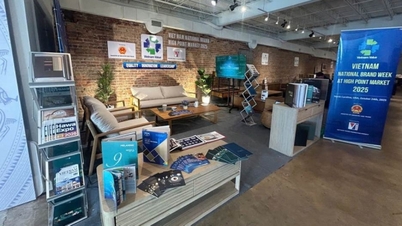

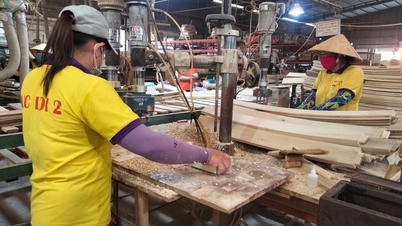

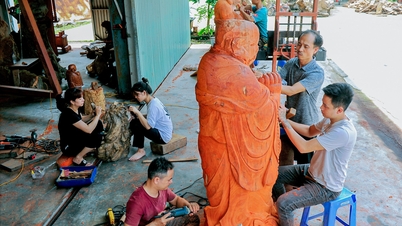

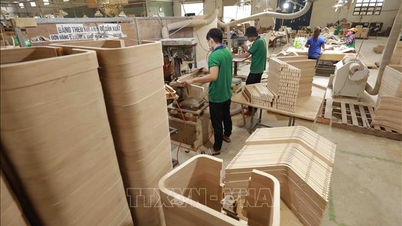


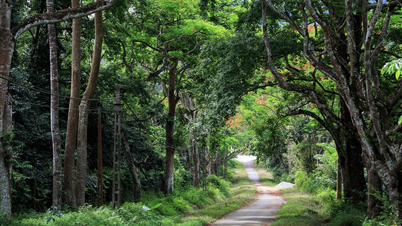





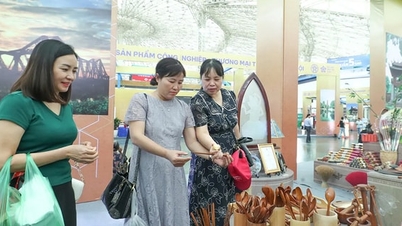



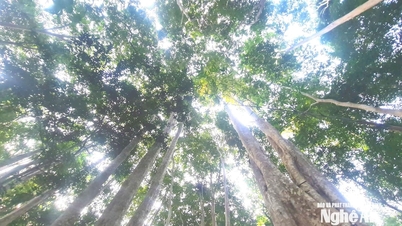





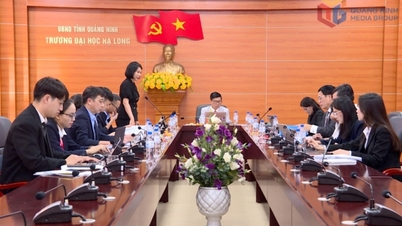




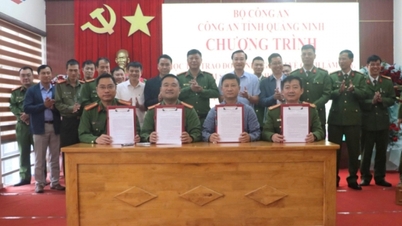








![[Video] Hue Monuments reopen to welcome visitors](https://vphoto.vietnam.vn/thumb/402x226/vietnam/resource/IMAGE/2025/11/05/1762301089171_dung01-05-43-09still013-jpg.webp)






































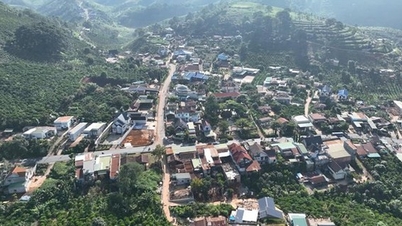





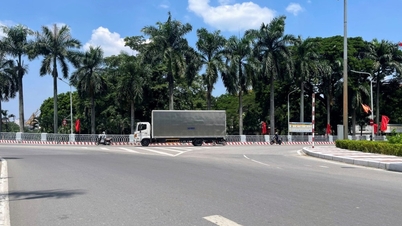





















Comment (0)